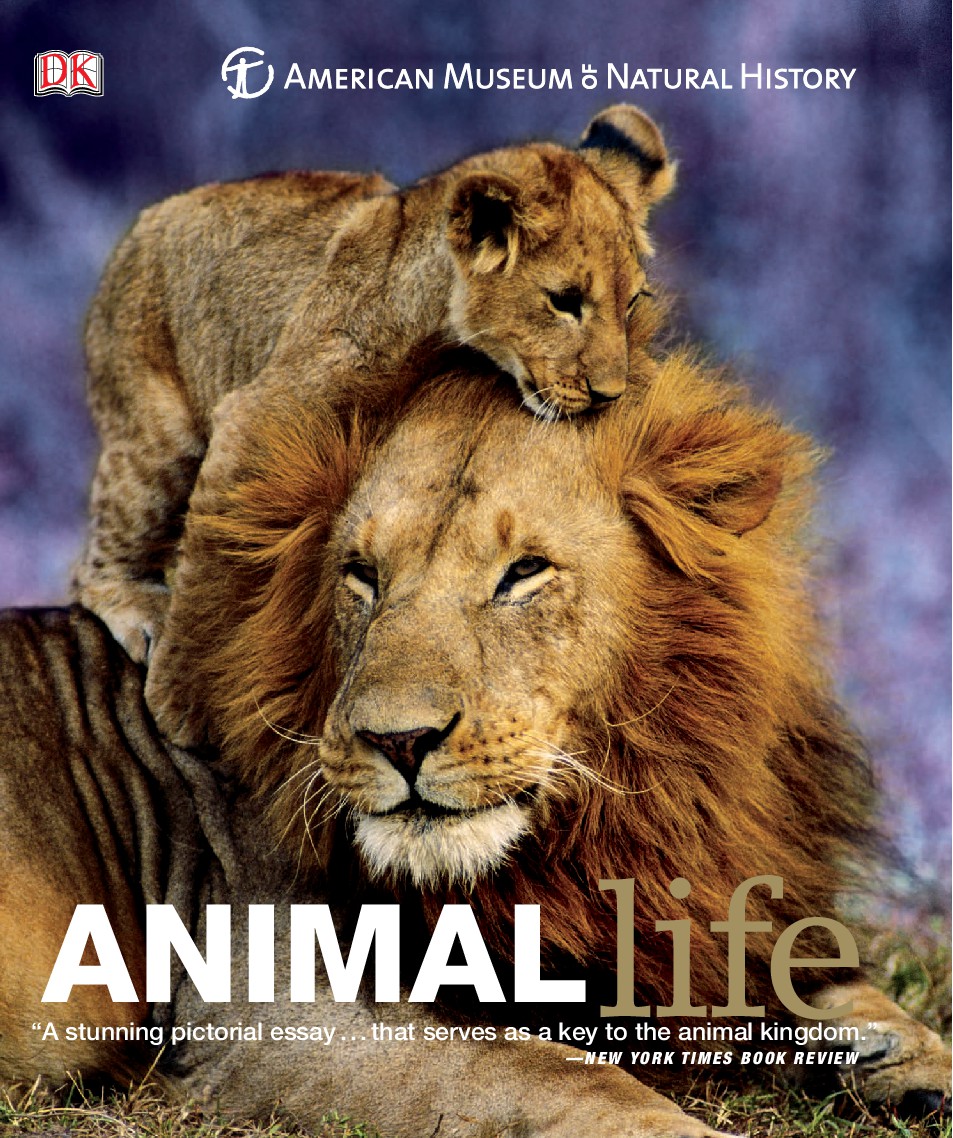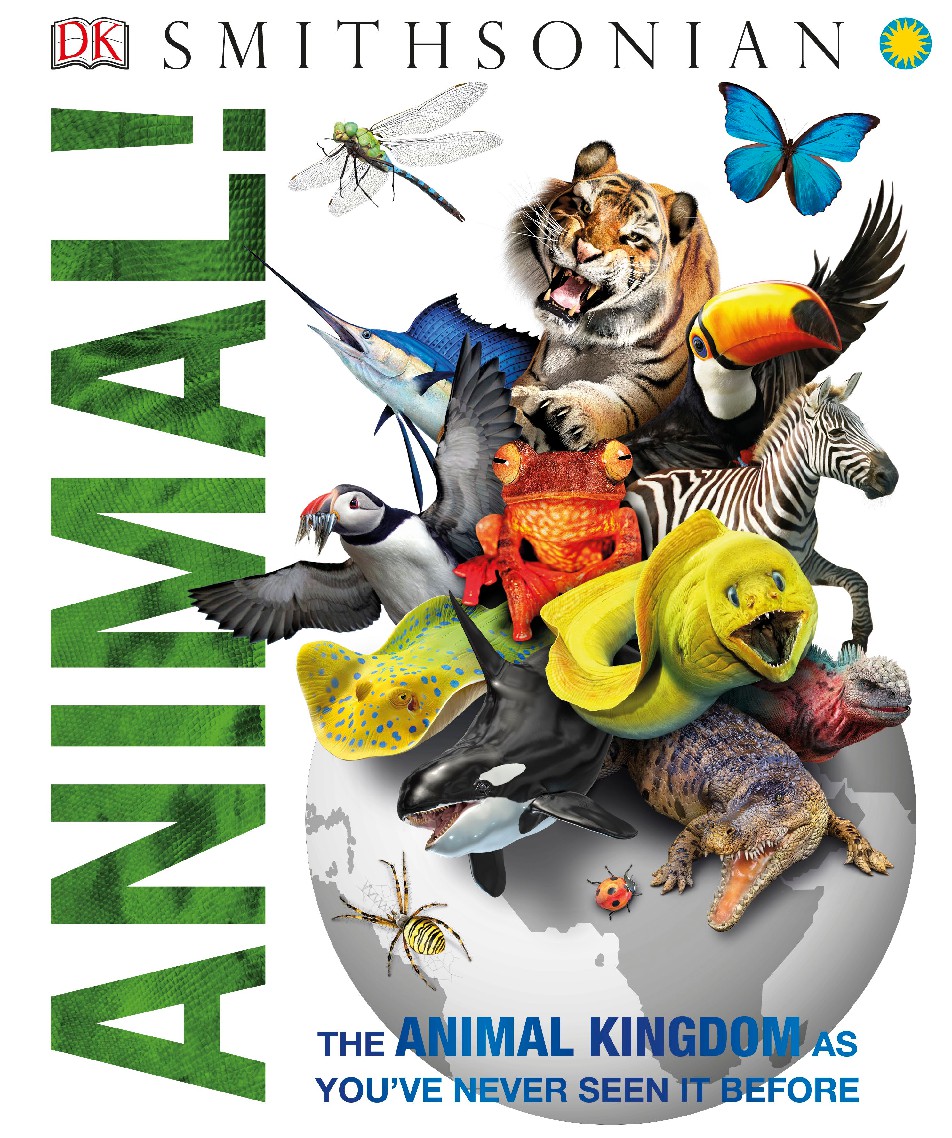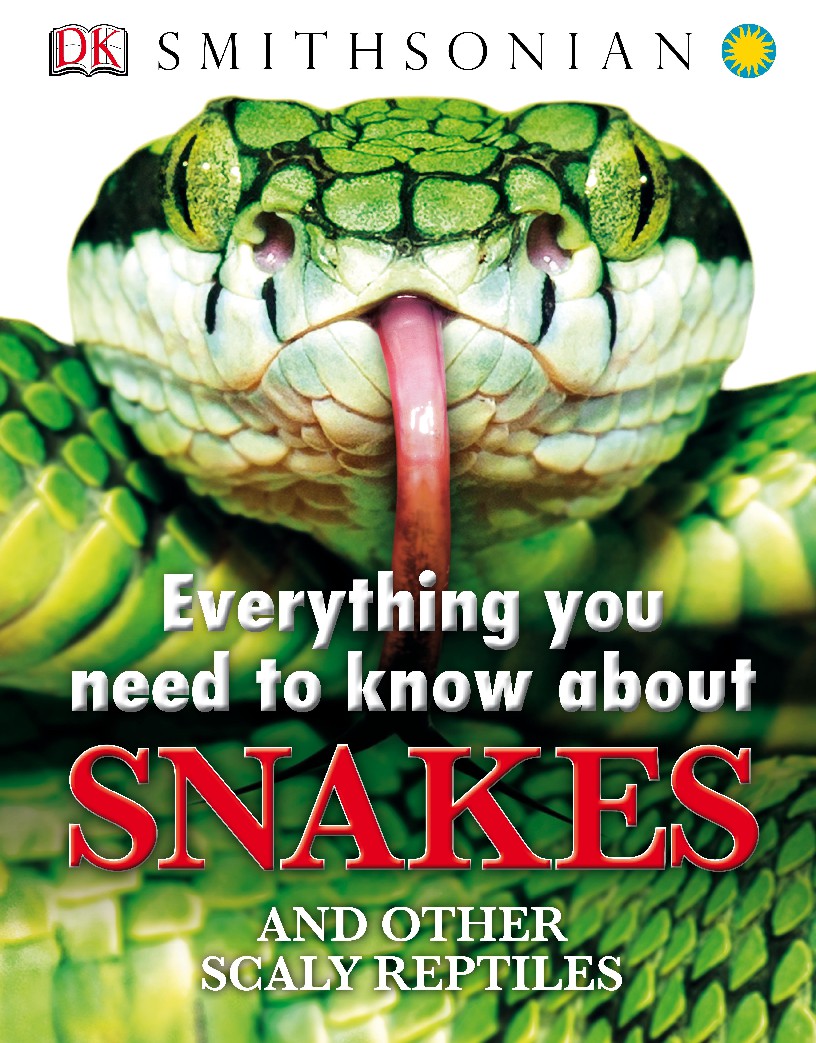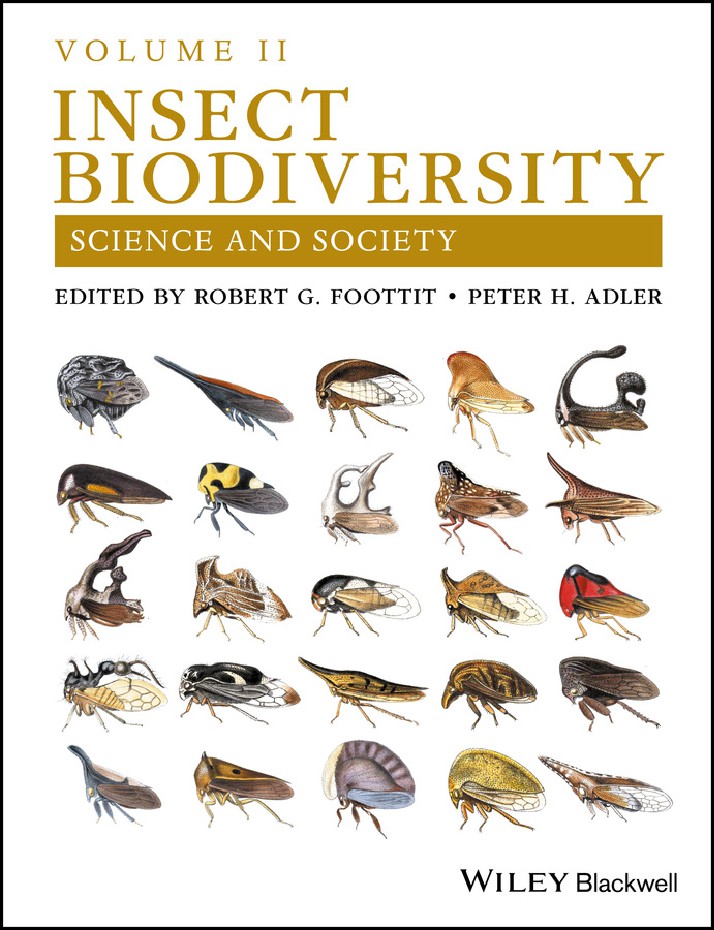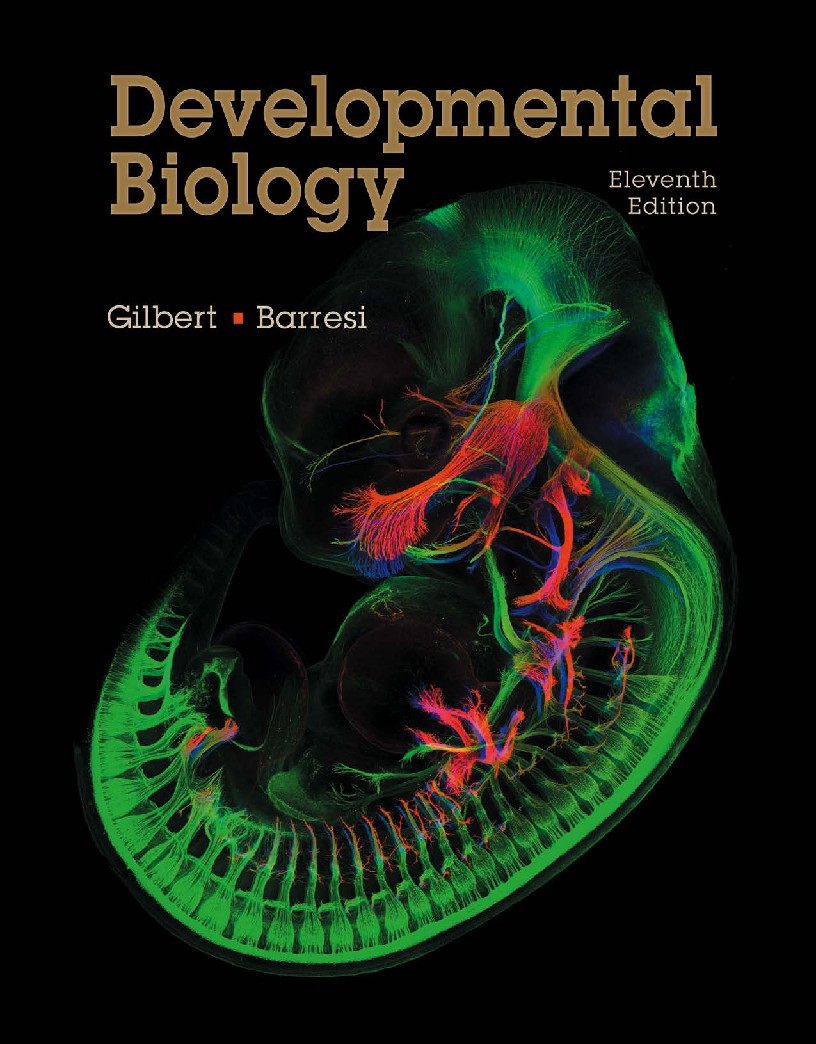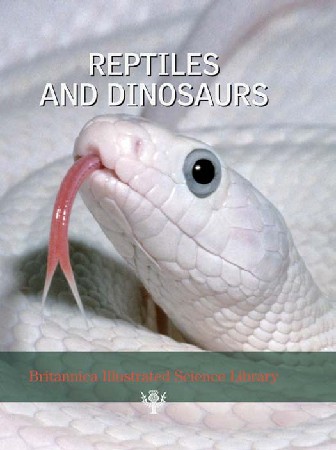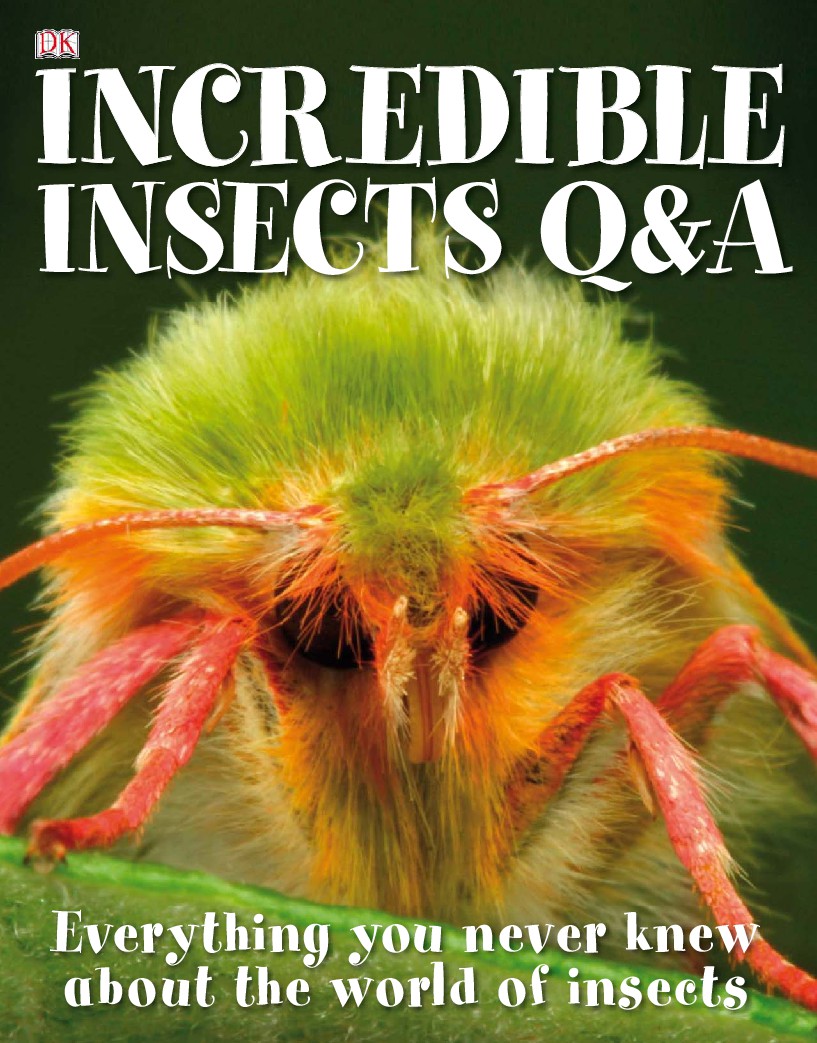Book Details
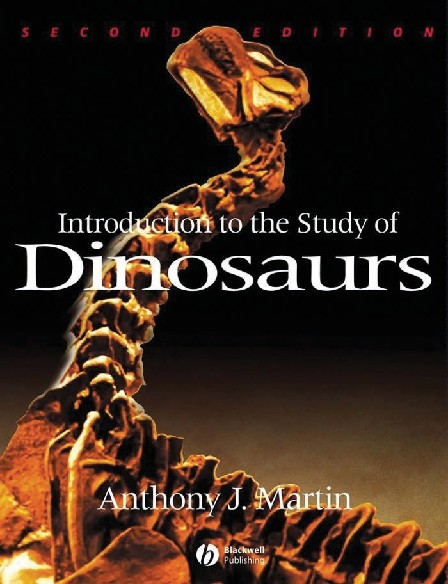
Introduction to the Study of Dinosaurs
While this is indeed another dinosaur book, it is also a book about basic science
that just happens to be about dinosaurs. In other words, the primary goal of this
book is to teach basic scientific methods through the theme of dinosaur paleontology.
My expectation in this respect is that dinosaurs provide a tempting hook for
undergraduate non-science majors, who may already be enthused about dinosaurs
but perhaps need some encouragement to learn basic science.
Learning about science has two approaches, both of which are followed throughout
the book: (i) science literacy, which is fundamental knowledge about facts in science;
and (ii) scientific literacy, which is the ability to apply scientific methods in
everyday life. The study of dinosaurs requires both types of literacy, as well as the
use of geology, biology, ecology, chemistry, physics, and mathematics. Accordingly,
facets of these fields of study are woven throughout this book. The process of science
is thus united by a journey into the geologic past with dinosaurs, which hopefully
will inspire many exciting learning opportunities and lead to reevaluations of
the assumption that science is just a dull recitation of facts. Realistically, very few
of the undergraduate students taking a dinosaur course for non-science majors will
become professional scientists (let alone professional paleontologists), but all of them
will have opportunities to appreciate science in their lives long after college.
Author: Anthony J
Pages: 576
Issue By: eBook 707
Published: 2 years ago
Likes: 0

